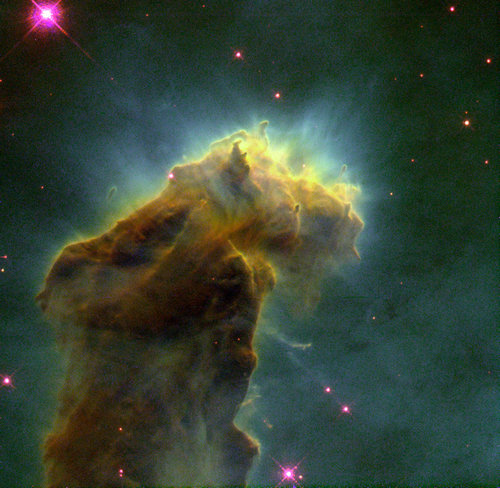
The interstellar space is full of gas and tiny solid dust -- the interstellar medium (ISM). During the evolution of the Milky Way, the interstellar medium will undergo numerous cycles from diffuse interstellar clouds to stars, and finally back to diffuse interstellar clouds.
Studying the chemical and physical properties of interstellar medium, especially interstellar dust, helps to understand the evolution of galaxies, the formation of stars and planetary systems, and even the origin of life.
A new study, led by Prof. ZHAO Gang and Dr. ZUO Wenbo from National Astronomical Observatories (NAOC) of Chinese Academy of Sciences and Prof. LI Aigen from University of Missouri, provides some interesting results about the interstellar extinction and elemental abundance.
This study was published in The Astrophysical Journal Supplement Series.
Elements in the interstellar medium (ISM) exist in the form of gas or dust. The gas-phase elemental abundance can be measured for their spectrum, the elemental abundance locked in dust is derived by assuming a total abundance or reference abundance and then from which subtracting off the gas-phase abundance.
"Historically, the reference abundance was commonly assumed to be solar abundance, with more and more observed evidences, another three assumptions were proposed," said Dr. ZUO Wenbo, the lead author of this study.
In order to find the most appropriate set of interstellar reference abundance, the researchers applied the model-independent Kramers-Kronig relation, which relates the wavelength-integrated extinction to the total dust volume. "The result supports the Galactic chemical enrichment (GCE)-augmented protosolar abundance as a viable representation of the interstellar abundance," said Prof. LI Aigen.
"This is an interesting work, it provides a new path to study the nature of interstellar medium," said Prof. ZHAO Gang.

The structure shown in the picture is a column of cool molecular hydrogen gas and dust, which is an incubator for new stars. (Image by NASA)

86-10-68597521 (day)
86-10-68597289 (night)

52 Sanlihe Rd., Xicheng District,
Beijing, China (100864)

